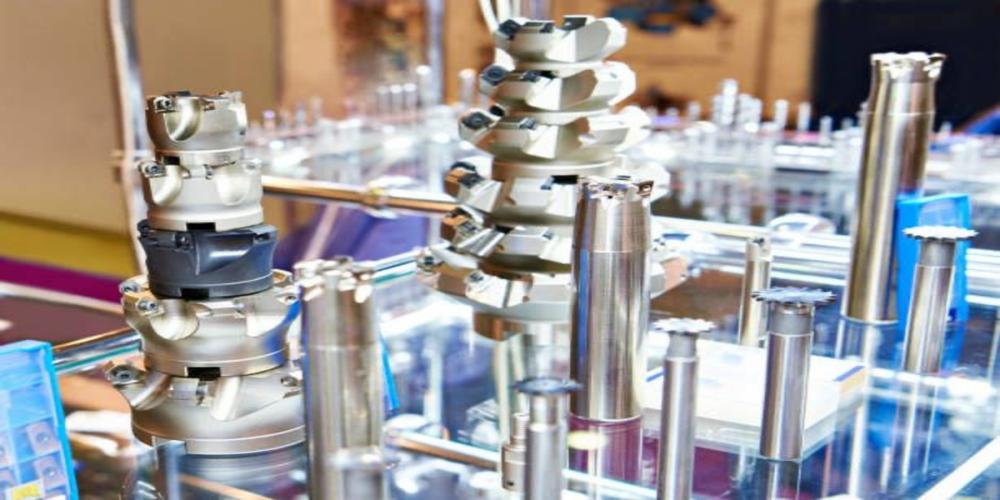Chemical engineering has been a crucial field for many industries. Even more so in today’s post-covid era where the need to speedily respond to viral threats, disease outbreaks, increased demand for food, and many more have never been higher. Chemical engineers are responsible for designing, developing, and optimizing chemical processes that are used to create a wide range of products. To do this effectively, glass reactors are among essential tools used by chemical engineers to conduct chemical reactions.
However, a real issue with glass reactors is the safety limitations. A glass reactor houses so many chemical processes and as such the safety of the chemical engineer is dependent on how safe the glass reactor is. To address these safety concerns, the future of chemical engineering must focus on developing glass reactors like the 20l glass reactor that are safe and reliable.
Approaches to creating safe and reliable glass reactors
As a chemical engineer, there are a number of steps to take to ensure the safety, reliability, and durability of your glass reactor during use. They include:
The use of advanced materials
One approach to creating safe and reliable glass reactors is to use advanced materials. Glass is a brittle material, and its mechanical properties are not sufficient to withstand the stresses associated with chemical processes. By using advanced materials, such as ceramics and composites, the mechanical properties of glass reactors can be improved, making them more durable and resistant to breakage.
The use of advanced sensors and control systems
Another approach is to use advanced sensors and control systems. Chemical engineers can use sensors to monitor the reaction process and detect any abnormalities. This will allow them to take corrective action before a catastrophic event occurs. In addition, advanced control systems can be used to regulate the reaction process, preventing the reactor from overheating or becoming overpressurized.
Integration of Technology
Furthermore, advances in technology, such as computer modeling and simulation can help chemical engineers design glass reactors that are more robust and reliable. Computer simulations can be used to predict the behavior of glass reactors under different conditions, allowing chemical engineers to optimize their design and reduce the risk of failure.
Education & Training
Finally, the future of chemical engineering must focus on training and education. Chemical engineers must be trained to use glass reactors safely and effectively. They must also be taught how to identify potential hazards and how to implement appropriate safety measures. Education and training in chemical engineering must also focus on creating a culture of safety, where safety is emphasized at every step of the chemical process.
Conclusion
Glass reactors are an essential tool in chemical engineering, but their fragility and potential for chemical exposure make them a safety concern. The future of chemical engineering must focus on developing glass reactors that are safe and reliable. By addressing the limitations and safety concerns, glass reactors can usher in a future of chemical engineering where there is speedy, and efficient manufacturing of drugs, cosmetics, pesticides, and many more.
FAQs
Q: What are the potential risks associated with glass reactors?
A: The potential risks associated with glass reactors include breakage, which can lead to exposure to hazardous chemicals or equipment damage, as well as leakage or contamination, which can compromise the quality of the product. However, these risks can be mitigated by using high-quality glass and implementing appropriate safety measures.
Q: What are the latest technological advancements in glass reactors for chemical engineering?
A: The latest technological advancements in glass reactors for chemical engineering include the use of advanced materials, such as reinforced glass and polymer coatings, which improve durability and functionality. Additionally, advanced monitoring and control systems, such as real-time feedback and automated temperature and pressure control, are being integrated to improve safety and efficiency.

